HEALTH
‘Ring Of Fire’ Solar Eclipse Will Be Visible Across The Americas On Saturday
Published
9 months agoon
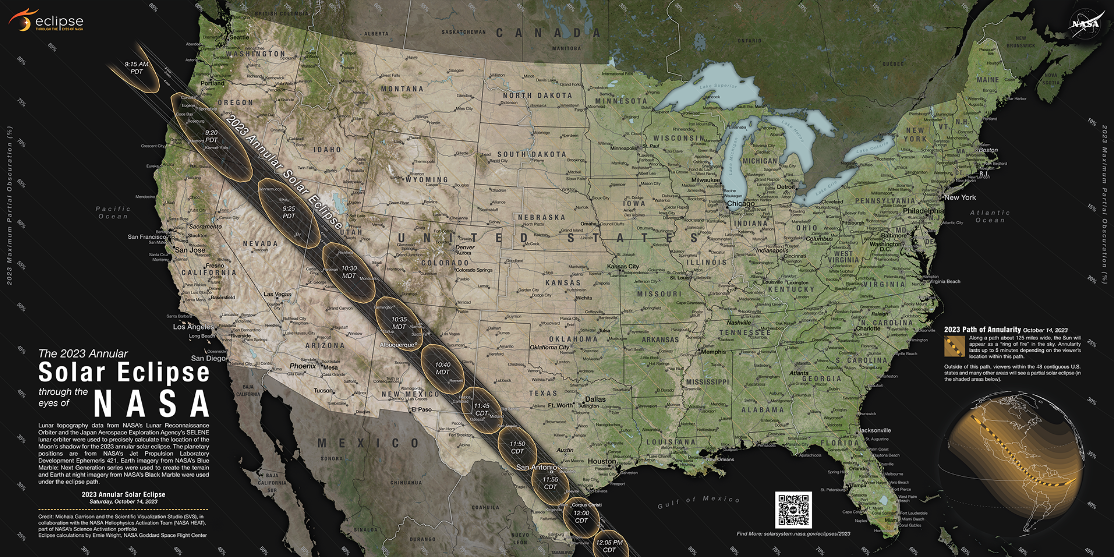
nasa.gov
Millions of people across the Americas will have the opportunity to view an annular ring of fire solar eclipse on Saturday, Oct. 14.
This will be the last annular solar eclipse visible from the United States until June 21, 2039, but only Alaska will be able to see that one, according to NASA. An annular eclipse occurs when the moon is at or near its farthest point from Earth, so that it doesn’t quite cover the full sun during the eclipse, causing the ring of fire effect.
On Saturday, the full eclipse will be visible in the U.S. along a narrow path from Oregon to Texas. From there, the path stretches as far as Brazil. Outside that narrow path, observers spread across the continents will see a partial eclipse without the ring of fire effect.
According to NASA, all 48 contiguous U.S. states plus Alaska will have a view of at least a partial solar eclipse.
The U.S. space agency is planning to launch sounding rockets from White Sands, N.M., during the eclipse, to study its effects on the atmosphere.
For the Atmospheric Perturbations around the Eclipse Path, or APEP, mission, three rockets carrying scientific instruments will study how the sudden drop in sunlight affects the atmosphere more than 50 miles up, in the ionosphere.
In the ionosphere, the air itself becomes electric, according to NASA, as the sun’s ultraviolet rays pry electrons away from atoms. During a natural day-night cycle, the sun’s energy keeps these particles apart by day, and they recombine at night, only to separate again at daybreak. During an eclipse, however, there is a sudden drop in sunlight over an isolated area.
If you think of the ionosphere as a pond with some gentle ripples on it, the eclipse is like a motorboat that suddenly rips through the water, said mission lead Aroh Barjatya, a professor of engineering physics at Embry-Riddle Aeronautical University in Daytona Beach, Fla., where he directs the Space and Atmospheric Instrumentation Lab. It creates a wake immediately underneath and behind it, and then the water level momentarily goes up as it rushes back in.
NASA said that along with its livestream coverage of the eclipse from points along its path on Saturday, there will be live views of the rocket launch.
TMX contributed to this article.
More From Sci + Tech
-
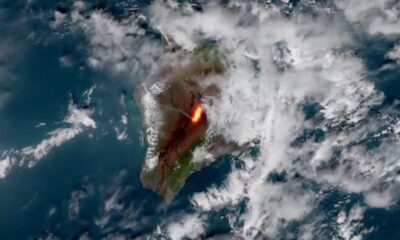

View of Mauna Loa Heat Signature from 12/7/22
-
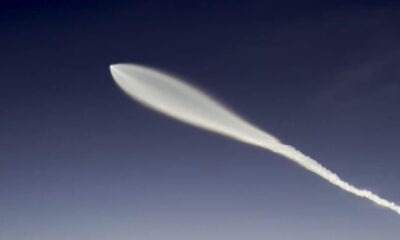

Julian, CA – SpaceX Falcon 9. From 3/18/24.
-
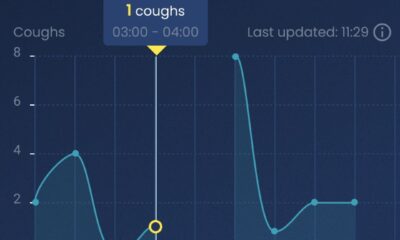

AI which counts coughs on your phone will revolutionize medicine,…
-
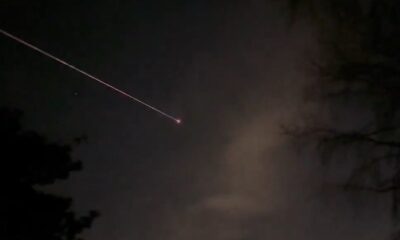

@SpaceXs Dragon Endurance flying over Oklahoma! I heard the reentry…
-
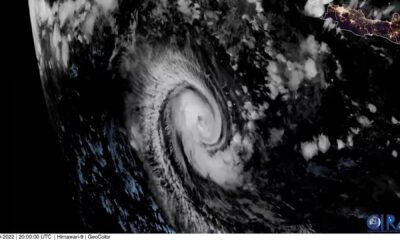

Satellites Show Tropical Cyclone Darian in the Indian Ocean Near…
-
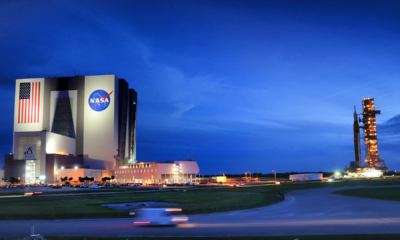

NASA Rolls Artemis 1 Stack Out To Launch Pad
-
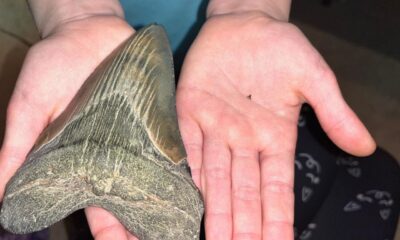

Future Paleontologist/Young Girl Finds Megalodon Tooth On Christmas Day at…
-
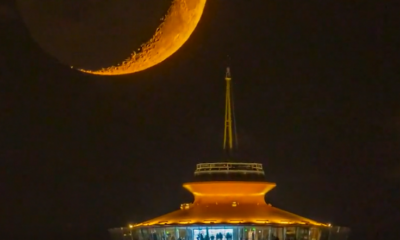

Seattle, WA – Timelapse of crescent moon moving over the…
-


Alleged Meteorite Crashes Through Family’s Roof in Hopewell Township, NJ
-
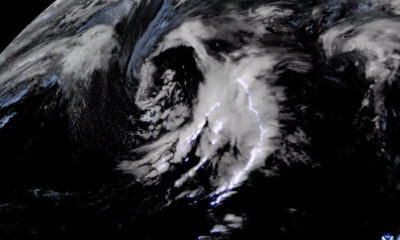

“Tons of lightning associated with a low pressure system north…
-
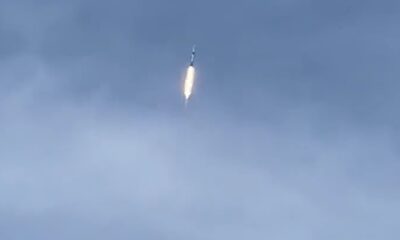

Love living and working so close to watch these launches!!!!
-
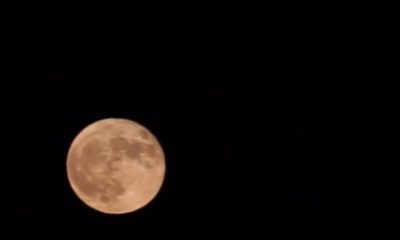

I took this little time lapse video tonight of the…
